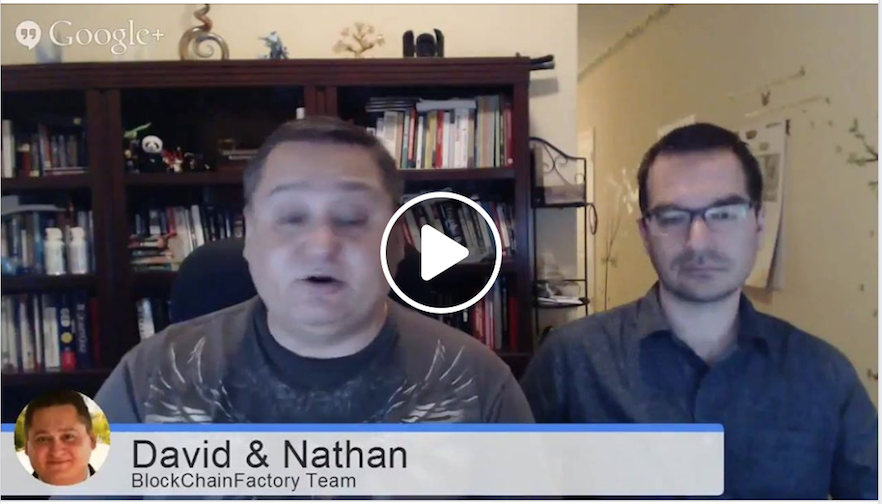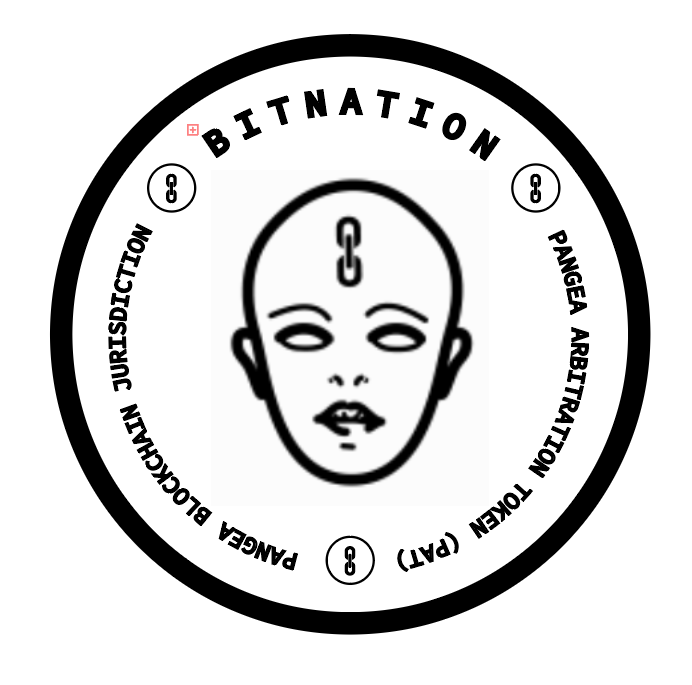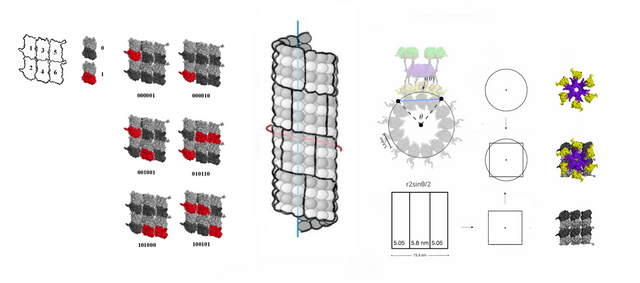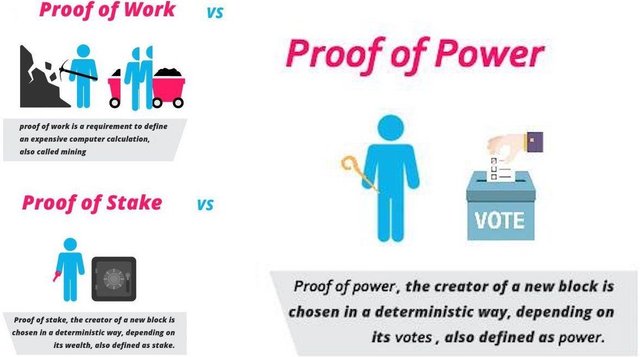The original idea of "bitnation" from 2014 was pretty good, to have a symbol as a schelling point, for a grass roots movement around the reformation into the networked society. Basically, a metaphor to meet around, since the world had not reached a point where those metaphors could be factual. I associated my work with "bitnation" in 2014 because that original vision was inspiring. What happened in 2016 and going forwards, is that Susanne and her husband took that symbol as a schelling point, and centralized it around a separate idea, an example of memetic hitchhiking, and "XPAT" was the result. It is not in my self-interest to associate with "bitnation" as a schelling point anymore, because it got corrupted and there is nothing left to associate with.
The first "bitnation" token sale was in 2014, and when I discovered it, I found it to be highly inspiring, the vision was just right, it had packaged itself very nicely, and I told more or less all people I knew about it. That crowd sale then failed, and exactly why it failed is, possibly, an untold story. Dana Edwards connected me with Susanne just around the time the original token sale was collapsing, and Susanne and I connected creatively, based on mutual respect in many ways, so I may have a unique perspective on that.
Susanne told me that the reason the original "bitnation team" broke up in 2014, around the exact time I connected with her via Dana Edwards, was because Charles Hoskinson threatened that team that they would get arrested in a "crack down", and, that he did so because of personal bias. I know some people who follow me know Charles, and if that story is true, it is very immoral of him. The back story Susanne told me is that he and her had a personal sexual relationship, and that Charles cheated on the person he was together with at that time, that is possibly his partner at this time as well. That could be a lie as well, but I don't think so. It is wrong to single out people to protect yourself, and to make public statements that are false, like David Mondrus, Nathan Wosnack, Matt McKibbin, and Charles Hoskinson did (if that back story was true), and that was one reason I chose to defend Susanne even after last year.
I just don't like pecking orders. I do not appreciate being bit by Susanne, or "defamed" with lies because she is slightly psychopathic and prone to protect herself sort of, but I appreciate even less when people single others out without the other actually having been that horrible. People are fragile, if they get too much violence, they break, and Susanne is also a person.
When the first token sale failed, Susanne went on to instead collaborate with the Horizon team, one of the most advanced blockchains at that time (before Ethereum), and built a proof-of-concept for a UI for "Pangea", mostly funded by that people worked on a voluntary basis, and that UI was pretty good and somewhat advanced in how it presented a few concepts.
Bitnation Core Dev Team Resigns, Speak Out Before Crowdsale - cointelegraph.com
Blockchain Project Bitnation Marches Pangea Beta Forward - ccn.com
The "Lucy" AI will magically give you a system the day the "technological singularity" comes, is a bit of a summary of the game theory of XPAT. When the human condition is rejected, anything becomes possible until reality catches up.
To understand the history behind XPAT, we have to look at the world in which it was conceived. The absence of governance systems for the digital age, meant that it was extremely stressful to work in sectors that had no way to integrate with the monopoly-on-violence (MoV) as a consensus mechanism, humans can be coerced but computers and information technology are impossible to regulate on top of MoV. The instinctive response to stressors, is the fight and flight response, and wide spread escapism is what led to mythologies like "transhumanism", propagated through organizations like Singularity University, part of Google.
The roots of "transhumanism" is the belief that neurons, which measure around 0.01 mm in size, are the transistors of the brain, and that the total capacity of the brain is that of 100 billion transistors with 1000 synapses each, and that idea has been promoted by people like Ray Kurzweil, director of engineering at Google since 2015. George Gilder has followed all of that, and explains it very simple in this recent interview.
The idea that biology would use a computer with transistors (neurons) 1000x the size of 14nm transistors that have been pretty common in human-built computers, is, well, how does that add up exactly? It doesn't. A single neuron contains billions of tubulin, 4.5 x 8 nano meter, similar to the size of human made transistors, and tubulins are organized into lattices in microtubules, and are the computer of the cell, as well as of neurons, and the brain is more similar to an internet of computers than a single computer.
The memes that are loudest in ordering genes to replicate them have a survival advantage, and similar to the Abrahamitic religions story of heaven and hell, eternal life and eternal damnation, "transhumanism" propagates via the limbic system, mostly subconscious processes, and followers see both immortality and omnipotent control as potential rewards from their belief. As Susanne Tarkowski Tempelhof is quoted saying in an interview with "humanity plus",
"I got into Transhumanism through Biohacking. I operated in a magnet in one of my fingers, to see what it would be like. I posted the photos of the operation on Facebook which got me a lot of attention from the Transhumanist community, so I started to look deeper into all things connected with Transhumanism, and really fell in love with the field. I guess being able to to control your destiny, through cryonics, downloading brains, modifying the body, etc is the ultimate frontier for liberty, once the violent global oligopoly on governance is gone. Immortality! "
Interview: Bitcoin Pioneer Susanne Tarkowski Tempelhof on Bitnation and M+
I have been working on a new social contract, one that is similar to what has been used so far, but without coercion. It is possible that my work is the literalization of what Susanne Tarkowski Tempelhof called a DBVN. The system is based on Pseudonym Pairs, a new global personhood system, that is similar to a "nation" in that it is a population that decides to come together, even without directly knowing one another. Pseudonym Pairs provides a a "passport to Pangea" which was the product that Susanne promised the world in the first token sale in 2014.
The proof-of-personhood from Pseudonym Pairs, is used to give explicit, opt-in, consent to a state, using proof-of-suffrage, as a way for the global population to select a single state to swarm around. These people-votes "power" validators (in proof-of-work "miners"), who authorize transactions based on authority delegated by the consensus mechanism, just like proof-of-work or proof-of-stake.
Pseudonym Pairs is borderless not by ideal, but by being the only way to operate that coordination system, it cannot be bordered, and that also means that this new generation of the Nakamoto consensus, the logical conclusion of what Craig Wright invented a decade ago, is inherently singular.
The proof-of-power system brings to the world a single, global, decentralized, borderless and voluntary "bitnation", not as a metaphor but as an actual swarm.










